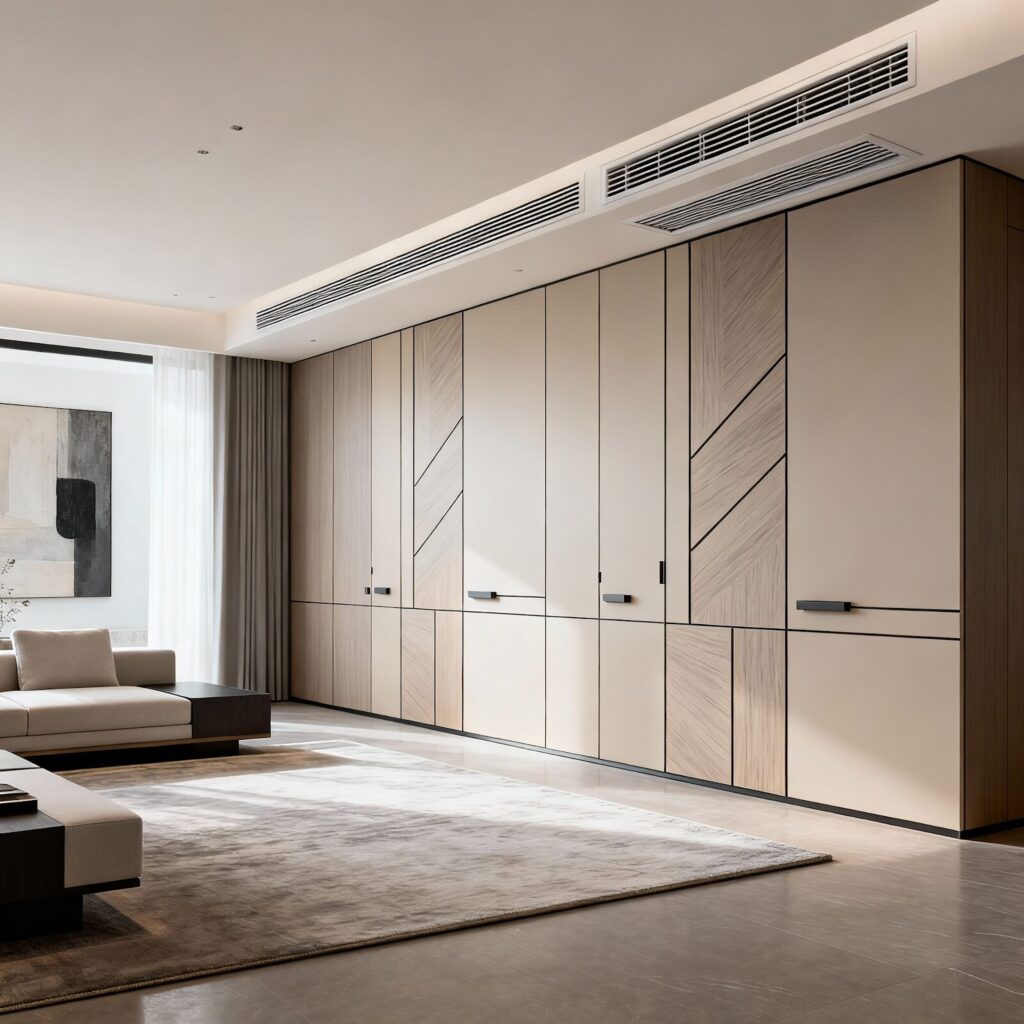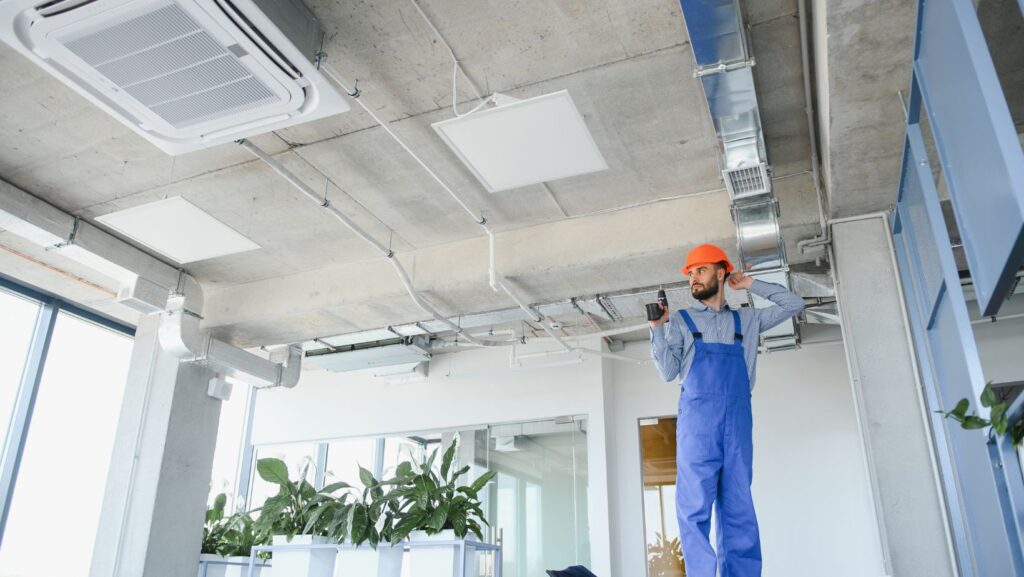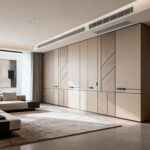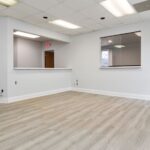
When your AC repair needs arise or you’re planning home updates, smart homeowners know that integrating AC repair solutions with interior design creates both comfort and visual appeal. The days of bulky, unsightly HVAC components dominating your living spaces are long gone, replaced by ingenious methods that make heating and cooling systems virtually disappear into your decor.
Think of your HVAC system as the invisible concierge of your home, much like how comprehensive furnace service maintains year-round comfort behind the scenes. Modern design solutions offer homeowners the perfect marriage of function and beauty, where comfort systems enhance rather than compromise your carefully curated aesthetic.
The Art of Invisible Climate Control
Today’s savvy homeowners are discovering that HVAC integration resembles a well-orchestrated magic show where the most impressive trick is making bulky equipment vanish entirely. Design-friendly HVAC systems now feature sleek profiles that blend seamlessly with contemporary interiors, while hidden heating systems disappear behind custom millwork or recessed installations.
The secret lies in planning HVAC placement during the design phase rather than treating it as an afterthought. Custom-built cabinets can conceal air conditioning units while maintaining proper airflow through decorative grilles that complement your interior palette. False ceilings create clean, minimalist looks by hiding ductwork and vents, transforming functional necessities into design opportunities.
Aesthetic HVAC solutions extend far beyond simple concealment. Modern systems integrate smart technology that eliminates visible control panels entirely, while programmable thermostats feature sleek designs that function as stylish design elements rather than eyesores. Voice-controlled systems further reduce visual clutter by removing the need for wall-mounted controllers.
Creative Concealment Strategies That Actually Work
Transforming HVAC eyesores into design features requires thinking like an interior decorator rather than a mechanical engineer. Strategic furniture placement can shield mini-split units from direct view while maintaining essential airflow clearance. Built-in cabinetry serves dual purposes, providing functional storage while concealing heating and cooling equipment.
Decorative screens and window treatments offer elegant camouflage solutions that contribute to overall room aesthetics. Floating shelves strategically positioned around HVAC components create visual barriers without blocking air circulation, turning necessary equipment into stylish room dividers.
The most successful concealment strategies involve incorporating HVAC elements into existing architectural features. False beams painted to match ceiling colors can house ductless units, while recessed wall installations create streamlined appearances that maintain clean sight lines. Custom millwork transforms functional equipment into seamless room elements that guests never notice.
Beyond Hiding: When HVAC Becomes a Design Feature
Forward-thinking homeowners are discovering that some HVAC elements work better as intentional design features rather than hidden components. High-end decorative registers and grilles available in wood finishes, ornamental metalwork, and contemporary patterns transform necessary vents into artistic elements.

Color coordination plays a crucial role in this approach. Painting visible ductwork and vents to match surrounding walls creates cohesive looks that allow functional elements to blend naturally with room color schemes. This strategy works particularly well in industrial or contemporary design aesthetics where exposed mechanical elements contribute to the overall style.
Smart placement can turn functional requirements into design opportunities. Installing HVAC components above doorways or windows utilizes vertical space efficiently while keeping equipment inconspicuous. Ceiling-mounted units maintain functionality while avoiding visual disruption at eye level.
The Technology Integration Advantage
Modern HVAC systems embrace smart home technology in ways that enhance both functionality and aesthetics. Programmable thermostats now feature customizable displays that can showcase artwork or blend into wall colors when not in use. Mobile app controls eliminate the need for visible panels entirely, allowing complete system management through smartphones and tablets.
Advanced zoning systems provide targeted comfort control without visible equipment in individual rooms. These systems work behind the scenes to maintain optimal temperatures throughout different areas of your home while keeping control mechanisms hidden from view. Better Homes & Gardens experts recommend these sophisticated systems for homeowners seeking ultimate comfort customization without aesthetic compromise.
Energy-efficient models often feature smaller profiles and quieter operation, making concealment easier while reducing both visual and auditory impact on living spaces. These systems prove that sustainability and style work hand in hand when properly integrated into home design.
Maintenance Access: The Often-Forgotten Design Element
Successful HVAC integration requires planning for future maintenance and service needs. Hidden systems must remain accessible for filter changes, cleaning, and repairs without compromising the concealment design. Smart homeowners incorporate removable panels or hinged access points that maintain aesthetic appeal while ensuring technicians can perform necessary maintenance.
Strategic planning during installation prevents future design disruptions when service becomes necessary. Consider how concealment features will accommodate routine maintenance tasks like filter replacements, which typically occur monthly during heavy use seasons. Well-designed concealment solutions anticipate these needs without creating maintenance headaches.
Professional installation becomes even more critical when integrating HVAC systems into custom design solutions. Experienced technicians understand both mechanical requirements and aesthetic considerations, ensuring installations meet performance standards while achieving desired visual results.
Creating the perfect balance between comfort and style requires viewing your HVAC system as an integral design element rather than a necessary evil. Modern concealment strategies, smart technology integration, and thoughtful planning transform functional requirements into opportunities for enhanced interior appeal. Whether you choose complete concealment or strategic integration, today’s HVAC solutions prove that comfort and beauty work together seamlessly when approached with creativity and proper planning.












